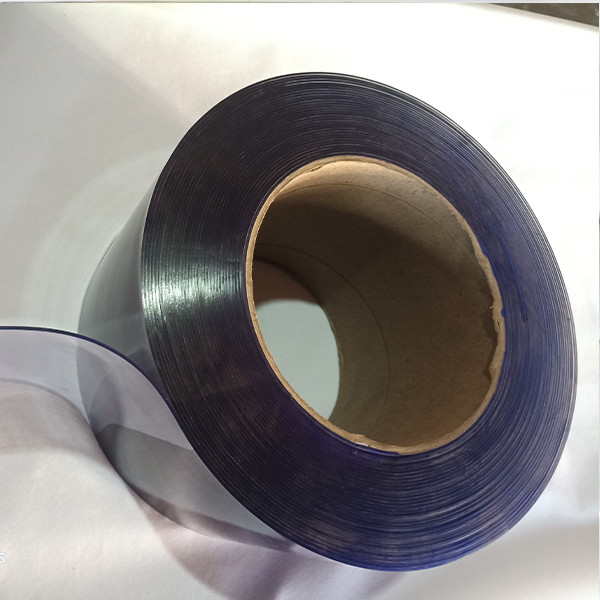- Afrikaans
- Albanian
- Amharic
- Arabic
- Armenian
- Azerbaijani
- Basque
- Belarusian
- Bengali
- Bosnian
- Bulgarian
- Catalan
- Cebuano
- Corsican
- Croatian
- Czech
- Danish
- Dutch
- English
- Esperanto
- Estonian
- Finnish
- French
- Frisian
- Galician
- Georgian
- German
- Greek
- Gujarati
- Haitian Creole
- hausa
- hawaiian
- Hebrew
- Hindi
- Miao
- Hungarian
- Icelandic
- igbo
- Indonesian
- irish
- Italian
- Japanese
- Javanese
- Kannada
- kazakh
- Khmer
- Rwandese
- Korean
- Kurdish
- Kyrgyz
- Lao
- Latin
- Latvian
- Lithuanian
- Luxembourgish
- Macedonian
- Malgashi
- Malay
- Malayalam
- Maltese
- Maori
- Marathi
- Mongolian
- Myanmar
- Nepali
- Norwegian
- Norwegian
- Occitan
- Pashto
- Persian
- Polish
- Portuguese
- Punjabi
- Romanian
- Russian
- Samoan
- Scottish Gaelic
- Serbian
- Sesotho
- Shona
- Sindhi
- Sinhala
- Slovak
- Slovenian
- Somali
- Spanish
- Sundanese
- Swahili
- Swedish
- Tagalog
- Tajik
- Tamil
- Tatar
- Telugu
- Thai
- Turkish
- Turkmen
- Ukrainian
- Urdu
- Uighur
- Uzbek
- Vietnamese
- Welsh
- Bantu
- Yiddish
- Yoruba
- Zulu
Exploring the Benefits and Design Options of Curtain Walls in Modern Architecture
The Evolution and Significance of Curtain Walls in Modern Architecture
In the realm of contemporary architecture, few elements have achieved the level of prominence and significance as the curtain wall. This structural innovation embodies the synergy of aesthetics, functionality, and sustainability, distinguishing modern buildings from their historical counterparts. The development and utilization of curtain walls have transformed building design, providing architects with the freedom to create sleek, visually striking façades while maximizing natural light and energy efficiency.
A curtain wall is a non-structural outer covering of a building, typically made from materials such as glass, metal, or stone. Unlike traditional walls, which bear the weight of the structure, curtain walls are lightweight and designed to hang from the building's framework. This design allows for greater flexibility in architecture, enabling the incorporation of large windows and grand glass panels that offer panoramic views while flooding interiors with natural light.
The origins of curtain wall systems can be traced back to the early 20th century, but it was after World War II that their popularity surged. The post-war era witnessed a boom in urbanization and a dramatic shift in architectural style, characterized by modernism's embrace of minimalism and simplicity. Architects like Mies van der Rohe and Le Corbusier were instrumental in popularizing curtain walls, often employing extensive glass surfaces to create a sense of openness and transparency in their designs. The iconic Seagram Building in New York City, completed in 1958, exemplifies the elegance of the curtain wall, showcasing the aesthetic and functional possibilities of glass façades.
One of the most compelling advantages of curtain walls is their ability to enhance energy efficiency. With advancements in technology, modern curtain walls can include double-glazing, low-emissivity coatings, and insulated frames, significantly reducing heat loss and improving thermal performance. These innovations have become critical in the face of growing environmental concerns and the push for sustainable buildings. Green building standards, such as LEED (Leadership in Energy and Environmental Design), often encourage the use of curtain walls due to their potential for energy conservation and reduced carbon footprints.
curtain wall

Moreover, curtain walls contribute to the ergonomic design of a building. The vast expanse of glass not only imbues spaces with natural illumination but also connects occupants to the external environment, promoting well-being and productivity. Numerous studies have shown that natural light can enhance mood and cognitive function, making workplaces more conducive to creativity and innovation. Consequently, businesses are increasingly recognizing the value of curtain wall systems in improving employee satisfaction and performance.
Beyond their practicality, curtain walls represent a medium for artistic expression. Architects can manipulate materials, textures, and colors, creating visually captivating façades that reflect a building's purpose or identity. The innovative use of structural glass, ceramics, or even kinetic elements can redefine conventional building design, allowing architects to develop unique, memorable structures that stand out in the urban landscape. This ability to blend aesthetic beauty with cutting-edge technology has led to numerous award-winning designs around the globe.
However, the implementation of curtain walls is not without challenges. Factors such as structural integrity, thermal performance, and water management require careful consideration during the design and construction phases. Architects and engineers must ensure that these systems can withstand external forces like wind and rain while avoiding issues such as condensation and air leakage. As technology evolves, the integration of smart materials and sustainability-led designs aims to address these challenges and enhance the performance of curtain walls even further.
In conclusion, the curtain wall is a quintessential element of modern architecture, reflecting a progressive approach to design that prioritizes beauty, energy efficiency, and occupant well-being. As cities continue to evolve and the demands for sustainable building practices increase, the versatility and significance of curtain walls will likely remain at the forefront of architectural innovation. This dynamic façade not only shapes our urban environments but also serves as a testament to the possibilities of modern design, paving the way for a future where form seamlessly merges with function.
-
Transparent PVC-Folie – Flexible & Durable Clear Plastic Sheets for Versatile UseNewsJul.05,2025
-
High-Quality Cold Room Door Curtains Durable PVC Strip Curtains for Cold StorageNewsJul.05,2025
-
Shop Yellow Ticking Stripe Curtains – Classic Style, Durable Fabric, Multiple Colors AvailableNewsJul.05,2025
-
Plastic Curtain for AC – Energy Saving & Easy Installation Perfect for Room and Freezer UseNewsJul.04,2025
-
Industrial Strip Curtains - Durable PVC & Plastic Solutions for Industrial DoorsNewsJun.24,2025
-
PVC Curtain Strip – Durable Standard PVC Strips for DoorsNewsJun.10,2025



